
Mount Sinai Surgeons Perform First Human Tracheal Transplant Surgery
Historic case launches Mount Sinai’s Tracheal Transplant Program for treating patients worldwide, including those with severe intubation damage after COVID-19
Ear, Nose and Throat (Otolaryngology) – Head and Neck Surgery

Ear, Nose and Throat (Otolaryngology)
Mount Sinai's Department of Ear, Nose and Throat (Otolaryngology)-Head and Neck Surgery was one of the first in the United States and is among the best in the nation, according to U.S. News & World Report. Mount Sinai was among the first hospitals to spearhead the use of minimally invasive robotic technology for head and neck cancers, and to establish a formal Head and Neck Institute and Center for Thyroid and Parathyroid Diseases. Most recently, we have added the Division of Oral and Maxillofacial Surgery and the Sleep Surgery Program, where we introduced the Inspire Therapy implant as an alternate solution for those unable to comply with the CPAP regimen.
Ear, Nose, and Throat/Head and Neck Surgery

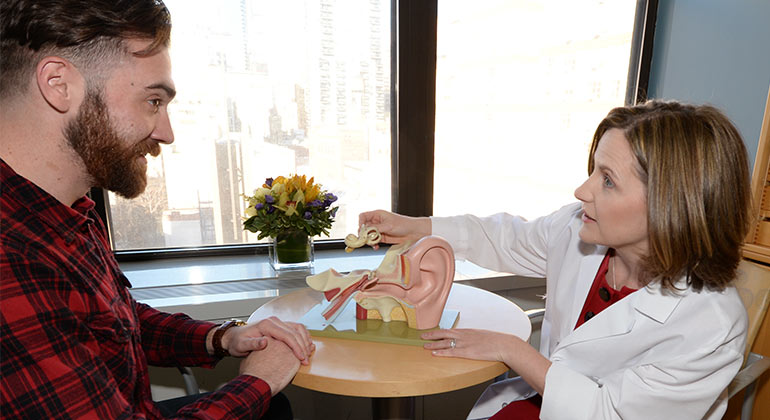
Ear Institute at Mount Sinai
Our physicians and surgeons are at the forefront of treating all forms of hearing loss, cholesteatoma, imbalance disorders, and acoustic neuromas.
Learn More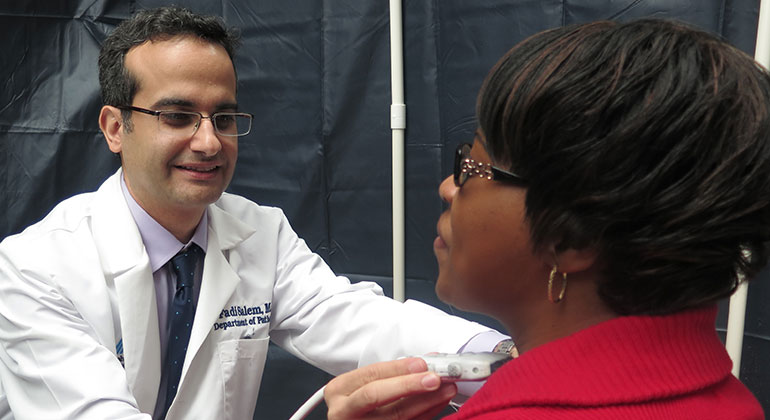
Center for Thyroid and Parathyroid Diseases
Our highly specialized experts are dedicated to caring for patients with all types of thyroid and parathyroid disorders and cancers.
Learn More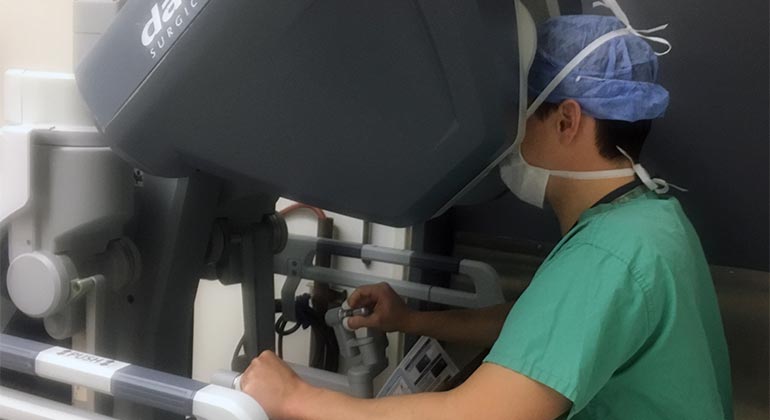
Center for Minimally Invasive and Robotic Surgery
Mount Sinai’s head and neck surgeons have a longstanding reputation as leaders in the minimally invasive management of benign and malignant head and neck diseases.
Learn More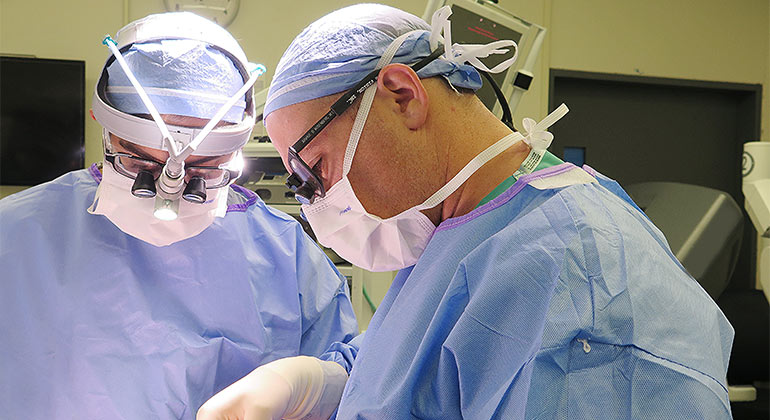
Facial Plastic and Reconstructive Surgery
Our distinguished team offers patients state-of-the-art treatments for all facets of cosmetic and reconstructive enhancements to improve form and function.
Learn More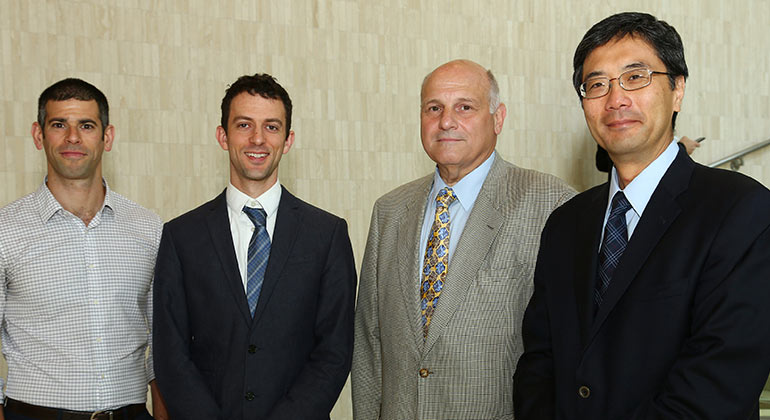
General Ear, Nose, and Throat (ENT)
Mount Sinai’s general otolaryngologists have broad expertise in disorders of the ears, nose, and throat.
Learn More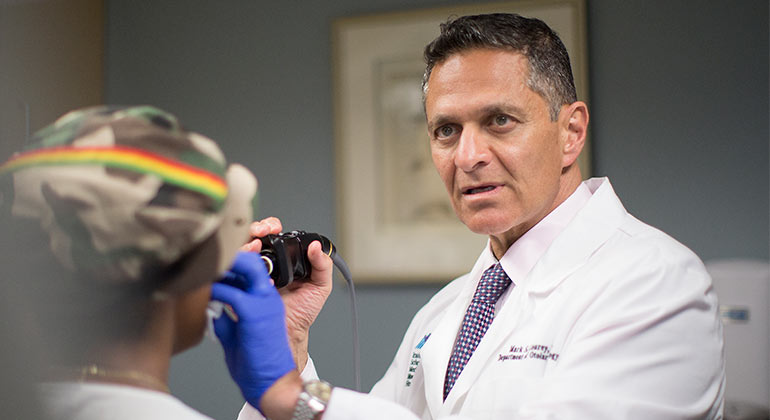
Grabscheid Voice and Swallowing Center of Mount Sinai
Offering surgical and nonsurgical care, we were the first Center for the medical treatment of the professional voice opened in New York.
Learn More
Head & Neck Institute
Recognized internationally for pioneering minimally invasive techniques, we offer unparalleled expertise in all diseases of the head and neck.
Learn More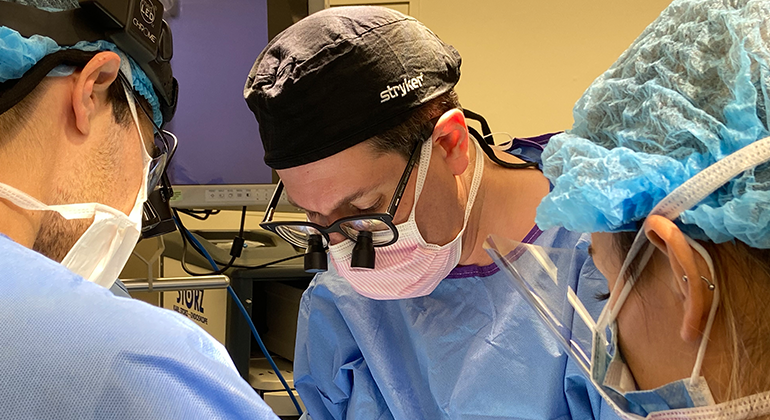
Oral and Maxillofacial Surgery
At the forefront of technology, service, and patient care, our team is skilled in the full spectrum of restorative and reconstructive procedures.
Learn More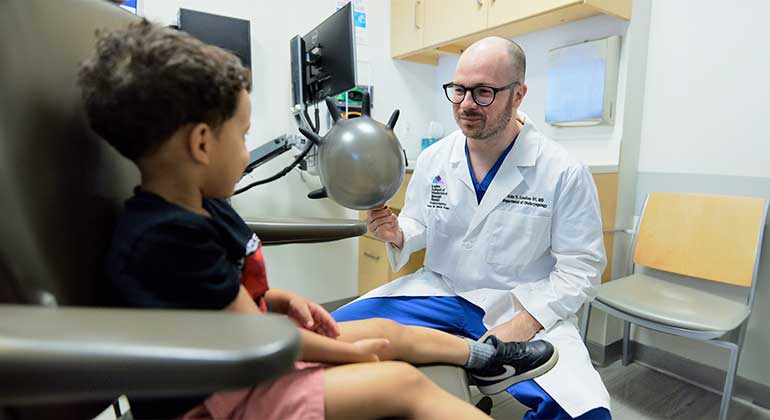
Pediatric ENT
We provide compassionate care for common and complex ENT disorders in children, ranging from ear infection symptoms to hearing loss.
Learn More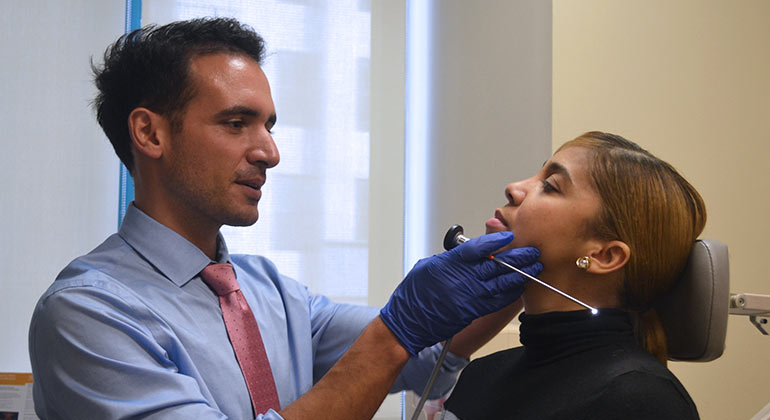
Rhinology and Sinus Surgery
Using advanced technologies, out rhinologists are at the forefront of treating the full range of nasal and sinus diseases, from severe nosebleeds to sinus cancers.
Learn More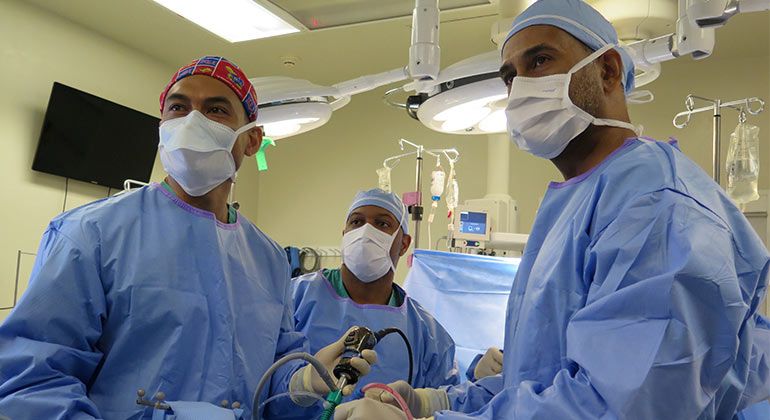
Skull Base Surgery Center
Our surgeons are recognized leaders in minimally invasive endoscopic surgery and groundbreaking technology for benign and malignant tumors of the skull base.
Learn More
Sleep Surgery Program
Our specialists offer the full range of nonsurgical and surgical treatments for obstructive sleep apnea (OSA) and sleep-disordered breathing.
Learn More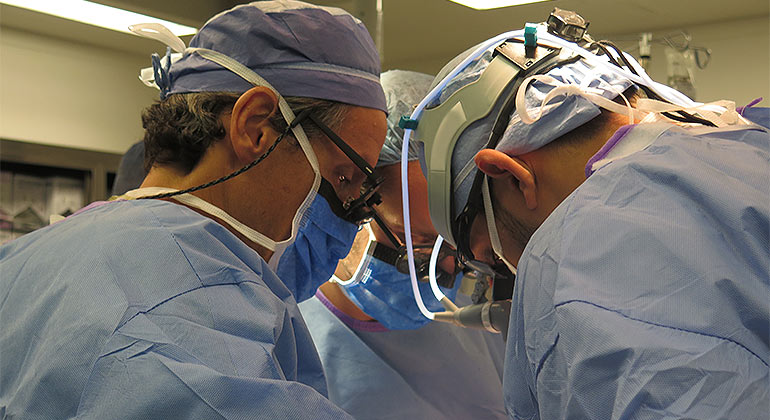
Tracheal Surgery
We provide specialized evaluation, diagnosis, and surgical treatment for common and complex disorders affecting the function of the trachea.
Learn More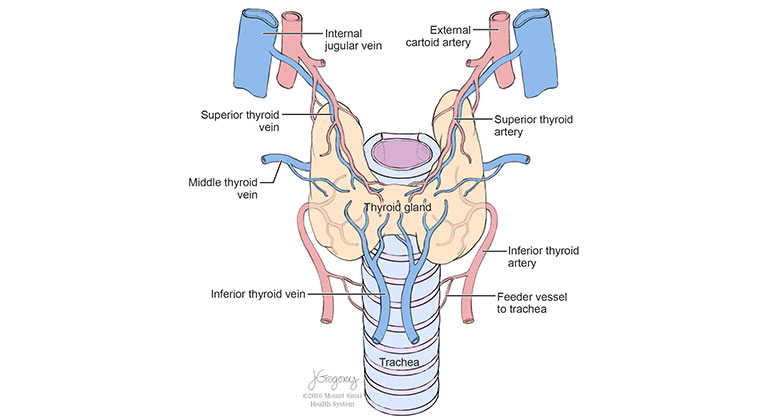
Tracheal Transplant Program
Our pioneering researchers and surgeons have designed this program to perform innovative tracheal transplantations for patients in need.
Learn More-
Mount Sinai-Union Square
10 Union Square East, Suite 5B New York, NY 10003
Phone:
-
The Mount Sinai Hospital/Mount Sinai Doctors Faculty Practice
5 East 98th Street, 8th Floor New York, NY 10029
Phone:
-
The Mount Sinai Hospital
Hess Center for Science and Medicine
1470 Madison Avenue (between 101st and 102nd Sts.) New York, NY 10029Phone:
-
Mount Sinai-Union Square
10 Union Square East, Suite 5B New York, NY 10003
Phone:
-
The Mount Sinai Hospital
Hess Center for Science and Medicine
1470 Madison Avenue (between 101st and 102nd Sts.) New York, NY 10029Phone:
-
The Mount Sinai Hospital/Mount Sinai Doctors Faculty Practice
5 East 98th Street, 8th Floor New York, NY 10029
Phone:


